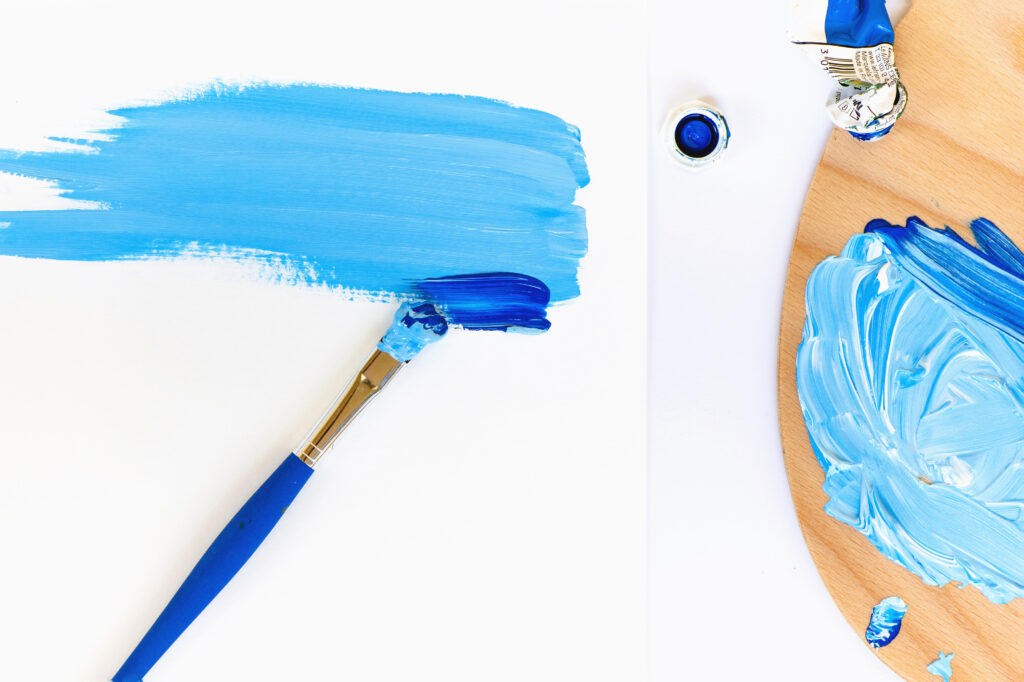This post is in partnership with Wacom. All opinions are my own.
What does distance learning look like for art students? Distance learning presents different challenges for each subject area. The arts is one area where educators are getting creative with their instructional practices.
I connected with the team at Wacom earlier this year. They told me a little bit about what distance learning looks like at the San Francisco Academy of Art University. It is one of the largest private, accredited art and design schools in the nation.
Distance Learning for Art Students
So you can imagine, I was excited to learn more about the experience for educators and what distance learning has looked like for art students. Antonio Borja, the Director of Industrial Design Education at the San Francisco Academy of Art University, answered a few of my questions about distance learning at AAU. See his responses below.
What has been the most challenging shift to distance learning?
Not being able to evaluate the physical prototypes students make in person and give hands on feedback. Traditionally, professors add tape lines and score marks to students’ clay models as they work. This helps our students stay on track to achieving what is correct and appropriate to brand while maintaining a hand-sculpted, humanistic element.
I also miss the dynamic setting of the studio with research visualization, inspiration images, sketch models, and sketches on the walls. Lastly the camaraderie that is built with personal interaction is something that I miss as well.

What unexpected benefits has distance learning provided?
We have been able to engage students in a format that feels more like a one on one session. All of our lectures and demos are automatically recorded, allowing students to recall them when they have questions about the processes we are teaching them.
As an instructor, it also feels like students are more engaged, perhaps because they are a digitally captured audience. Previously with sketch demos, my students would gather around as I provided corrections and feedback. Now, using my Wacom MobileStudio Pro, I’m able to sketch over my students’ files step-by-step in Photoshop as they follow along and apply the same techniques live.
How do you think this fall will feel for new students vs. returning students?
New students will see how we are providing a world-class education despite our classes being remote. We’ve given students remote access to our onsite computer labs, which maintain the same computing power regardless of their machines at home. These computers are installed with all the necessary software plus OneDrive for their cloud storage. We are also leasing Dell workstations and Wacom Cintiqs for students to use at home.
Returning students will have a little more experience with the virtual remote learning format and will be pleased to see the improvements we have made from the learnings of our spring and summer semesters. We’ve found a more efficient method for our Zoom recordings: to keep them concise, we pause the recording during quiet times. We’ve also streamlined our checkout system for remote access. Lastly, we’ve optimized our computer networks to decrease latency, which makes the experience feel closer to sitting in front of a lab machine.
The teaching moment for both will be that as industrial designers, we will always look for the best tools to help us solve the challenges at hand.
How have instructors pivoted from their traditional classroom to a digital classroom?
Instructors have been developing new methods for students to receive lectures in an immersive and engaging format using video conferencing and our online Learning Management System. The LMS allows instructors to upload videos, links, assets for completing assignments, and digital handouts while students are able to review feedback from instructors once they submit work through the system.
The LMS also offers synchronous students the opportunity to engage with asynchronous video content. Our use of Wacom Cintiqs has remained a constant for our students despite this transition through the ability of our students to check them out from the University. Ultimately, we will continue to use technology to provide the best possible design education regardless of the format.

What digital tools are helping teachers and students make this transition?
We are using tools such as virtual reality and augmented reality to help students communicate their designs and receive feedback. This is in addition to tools like Zoom and our LMS as mentioned previously. These tools have allowed our students to continue to receive valuable feedback as they develop their projects. We have made equipment available for students to check out for the semester and also have allowed them to use our computer labs remotely so they have access to powerful workstations from home.
Overall, we have used this as an opportunity to improve the way we deliver educational content to our students and how our students deliver their work for critique. While we’ve faced challenges with some of our traditional, hands-on courses like clay modeling, we are beginning to investigate more digital tools that can help us meet our learning outcomes.
This year we had our first FUTURE NOW Scholarship Pitch Night, where students presented concepts they worked on during the spring semester and were judged on the digital presentation decks they delivered. Students received feedback from professionals in the industry and were able to practice presenting to large groups. This was an opportunity for them to develop their projects to become marketable components of their portfolios. It was exciting to see the students pitch their ideas to an industry panel. This wouldn’t have been possible if it weren’t for our student and faculty embracing digital tools to finish the semester strong.
Learn more about Wacom for Education on their website, including some of the programs for art students at AAU!







